Storage Time is Coming
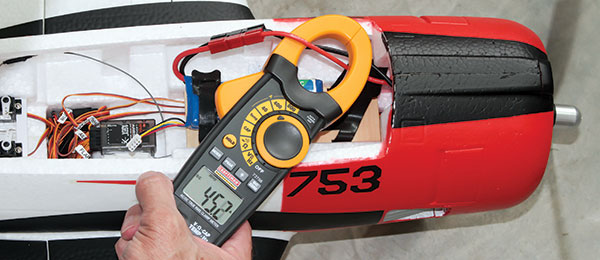
Written by Greg Gimlick Electrics Column As seen in the December 2016 issue of Model Aviation.
It’s Time to Store Your Batteries
For many of you, flying season is over and it’s time to store your flight batteries. Even if you fly throughout the winter, chances are that you fly less frequently and you need to store your batteries longer than usual. Whatever the voltage level is at when you choose to store them, be sure it’s not fully charged or fully discharged. Arguments continue over the “proper” voltage level to use, but all agree it’s somewhere between full and empty. Most of my chargers use something around the 3.8-volt level and I’m good with that.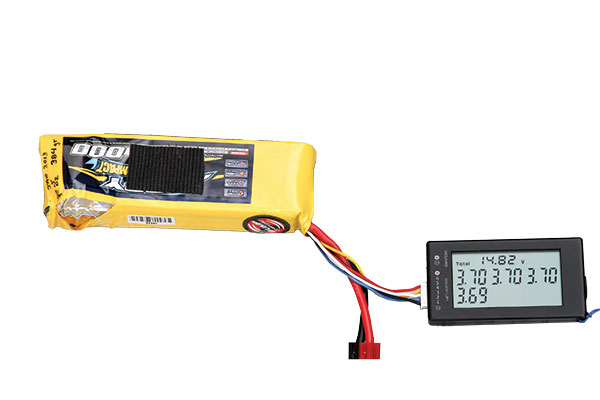
This pack shows perfect balance and voltage, but its physical damage makes it unsafe for continued use.
This is also a great time to put your batteries on your battery-management system and bring them down to or up to storage level while balancing. Inspect your packs for damage or wear on the covering, wires, or connectors. If the connector is pitted and shows signs of corrosion, replace it. I shared a picture of one of my packs that I completely discharged and disposed of because of physical damage from a crash. It’s tempting to keep such a pack and just watch it because the photo shows the balance is still perfect across the pack, but this pack isn’t safe. I can’t see what has happened internally that might suddenly cause it to destruct. Yes, it hurts to toss out what appears to be a perfectly functioning pack, but safety is more important. Do not continue to use damaged packs.
Meters
With a wide selection of meters on the market, everyone flying electric-powered aircraft should have one of some sort. Most pilots can use a meter such as the Astro Flight Whattmeter—it’s reasonably priced and accurate. Standard volt/amp meters are handy around the house for many reasons and can be used in our hobby too. Many are limited as to how many amps they can read and most limit themselves to 10. That’s not enough for most electric fliers. Shunts can be used to increase their flexibility, but most of us simply want to connect them and measure something.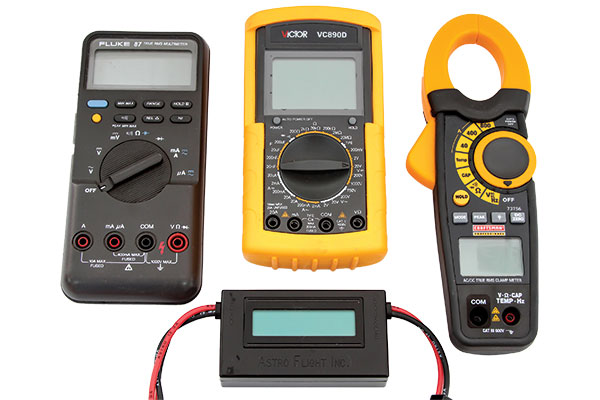
These meters range from approximately $15 to $150. All work well for our purposes.
A couple of readers recently asked about using clamp meters. A clamp meter will work fine, but until recently, most were quite expensive. Fortunately, that’s no longer the case and clamp meters are a viable alternative. You can search on Amazon or other retailers for “clamp meter” and find many choices. Be sure to look for one that will do DC current. My Sears Craftsman model costs approximately $70, but I found it on sale during Christmas for $39. Amazon has several clamp meters in the $30 range. A clamp meter can be a handy device because you don’t need to unplug anything or find a place to hook it up in line with the circuit. Electric-power guru Keith Shaw has used one for years at fly-ins to check the current pulled by various airplanes when he is helping modelers. Most of our setups have room to clamp the meter around one of the wires. Remember, if you’ve never used one before, you put the clamp around just one of the wires—not both! They also can be used as regular meters with probes. Mine includes a temperature probe as well.
How Close Is Close Enough?
Whenever I reference a meter, I hear about the need for more accurate measurements. For an average modeler who isn’t an engineer developing equipment for NASA, any of the available meters are accurate enough. If you’re working in a laboratory, maybe not.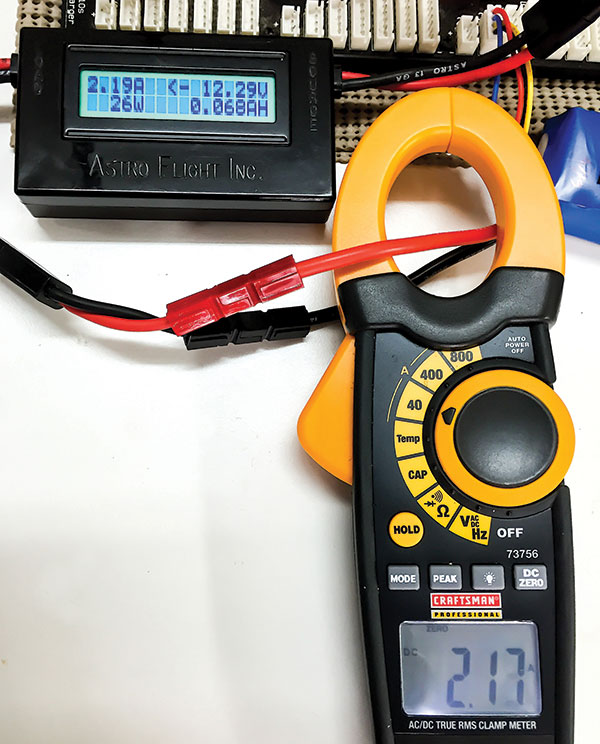
The accuracy is certainly close enough. There is a .02-amp difference in the readings. That could be attributed to losses between the first connection point and the second meter.
I recently heard from two readers who did some nice side-by-side tests of clamp meters that they bought on Amazon for $36 and an extremely accurate Fluke meter. They found that the meters were within a few hundredths of each other when measuring current. That’s more than close enough for our use. Don’t become wrapped up in worrying about thousandths of a volt or amp. We’re flying model airplanes, not space shuttles.
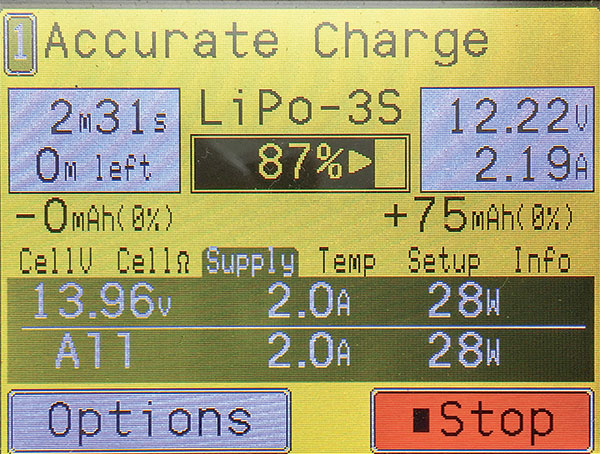










2 comments
Great information on current
Series circuit amperage
Add new comment